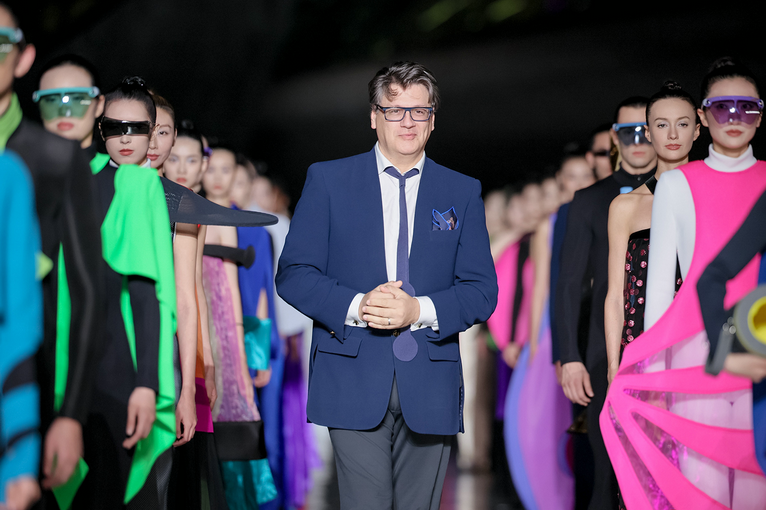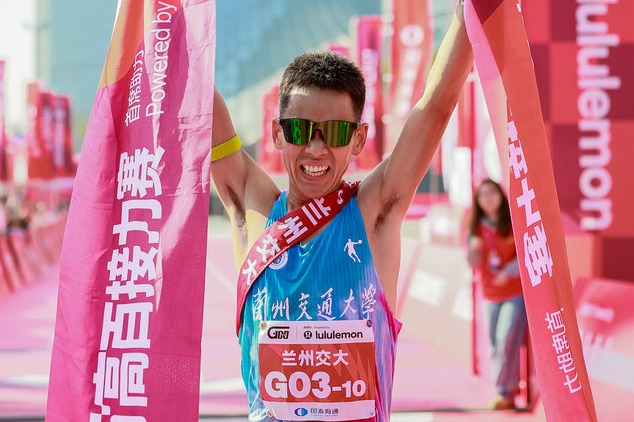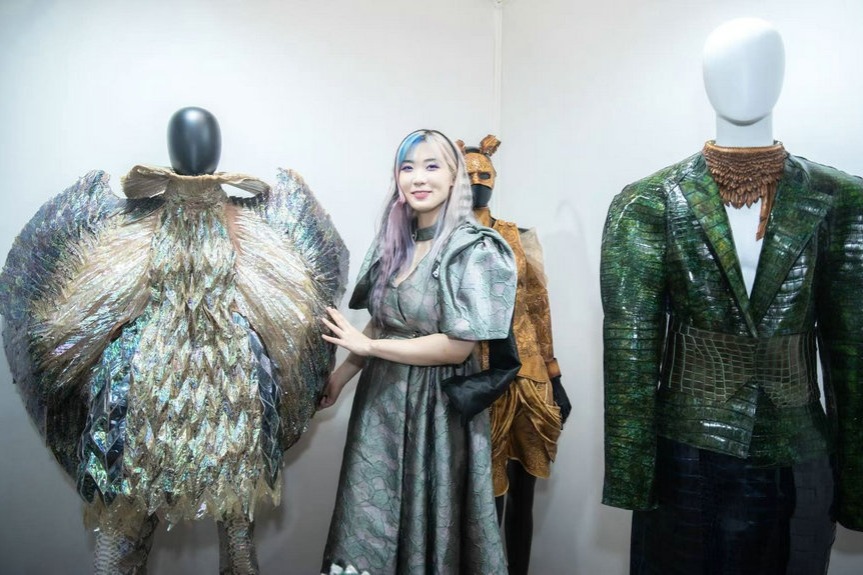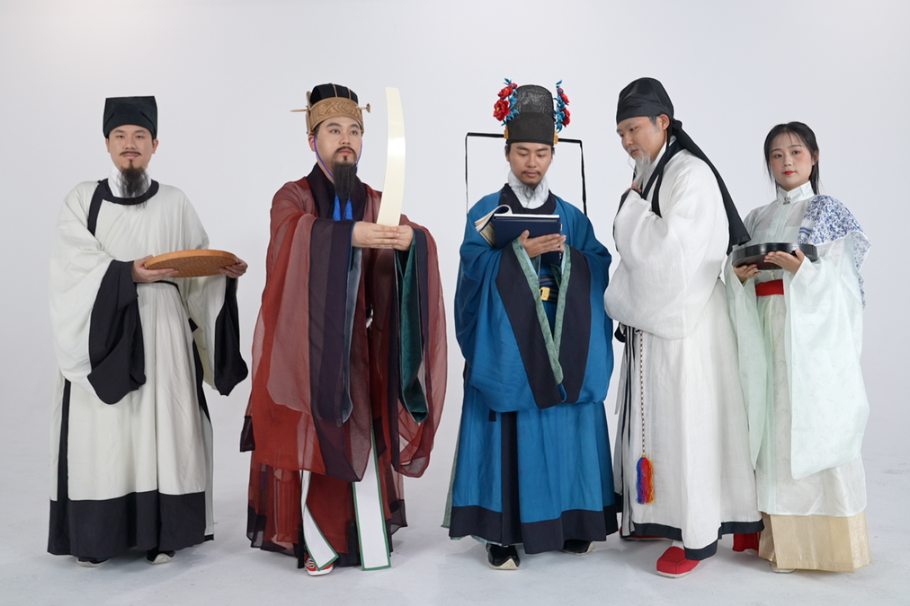The man who filled in the missing gap


That day job had allowed Lee to squeeze Chinese characters onto ballots for the first time in New York's history. The city's board of elections had long refused to provide Chinese translations of candidates' names in voting machines in districts where many Chinese lived, citing a lack of space on the ballots and the printer's inability to produce Chinese characters.
In recognition of his work, David Dinkins, the first black mayor of New York City, proclaimed May 5,1988 to be "Corky Lee Day".
Na's last glimpse of Lee was during a zoom prayer held for him four days before he died. Gone was his "smile as wide as his lenses". The man, who might have been told-like many of his generation-by family seniors to keep the head down but somehow decided to "lead by being boisterous and out there", to quote him, was lying quietly on a bed in an intensive care unit "with his unshaven white stubbly hair, ventilator hanging on the jaw" Na said.
"Bruised Lee" the photographer used to call himself. It was a tribute to the Chinese American martial artist and silver-screen superhero Bruce Lee, while acknowledging the injuries he sustained fighting injustice.
"Corky had a grander vision for our place in the world, and it was to that rightful place that he intended to restore us," said Jennifer Takaki, a fourth-generation Japanese American who had been filming Lee since 2003 for her documentary Photographic Justice: The Corky Lee Story, scheduled for release before June.
"He was a walking encyclopedia," said Takaki, who, like others pulled into his orbit, found Lee to be "incredibly charming and intriguing".
"Nothing gave him greater pleasure than to discuss the story behind each one of his photos, something he did in my documentary."
Perhaps a tribute carried by Vulture, the culture and entertainment site of the magazine New York, best captures his effervescence. "Once he caught wind of your interests, he would rattle off a list of everyone you needed to speak to and offer to share their contacts, nonchalantly handing you a business card that designated him 'the Undisputed Unofficial Asian American Photographer Laureate'," the article said.
What he intended as dry humor is now seen by many as plain truth.
On Feb 6 the funeral procession wended through the shop-lined streets in Manhattan Chinatown before heading to Kensico Cemetery in the hamlet of Valhalla. Mask-wearing locals stood by the roadside waving goodbye and shouting "Thank you!" as blue garrison hat-wearing members of the Sons of the American Legion saluted the passing coffin. At one point Lee was a commander of the group, comprising offspring of those who served in the US Army.
"Corky is a patriot and a proud Chinese American," said Zhou, who was at the hospital to see Lee a couple of hours before he died and who was presented at his funeral with a folded Stars and Stripes by an American Indian veteran once stationed in Afghanistan.
Asked about the origin of Corky Lee's unconventional name, John Lee, who was in New York to bid farewell to his brother, explained that their father came to the US under the "paper (family) name Quoork", a practice that allowed one to enter the country by falsely stating that he or she was a blood relative of a Chinese American who had received US citizenship, after the Chinese Exclusion Act became law in 1882.
"'Corky' was bestowed on my brother by his schoolmates and teachers in junior high who pronounced our paper name as 'cork'," he said. It stuck even after the family readopted their original name Lee in the late 1950s. Young Kwok (in pinyin, Yang Guo), the photographer's given name, is "incredibly heroic" to quote his brother, meaning "build the nation".
It was also in junior high that Lee first came across that "champaign picture". After examining it closely, he failed to locate one single Chinese face."The seed may have been planted," said Lee in a short film titled Not on the Menu: Corky Lee's Life and Work.
Half a century later on May 10,2014 the man would start "a pilgrimage and a movement", as Takaki put it. Every May 10 since then, descendants of Chinese railroad workers from all over the US have traveled to Promontory Summit for a celebration and for the symbolic picture-taking by Lee, joined by a growing legion of his fellow photographers. In 2019, when the country celebrated the 150th anniversary of the railroad's completion, the group turned out in force.
"The Chinese, who were absent from the 1869 picture and absent once again on the 100th anniversary, had their presence and the spirit of their ancestors felt at the 150th, thanks to Corky," said Zhao Wan, who came to New York from China in 2008 to study theater arts at Purchase College.
Zhao, who calls Lee "my mentor", felt that spirit in 2014, as she danced barefoot on the rugged stones between the railroad tracks, in pure white with a conical straw hat tied at the back-the kind worn by those who laid the tracks. This was minutes before Lee clicked the shutter and a month before she unveiled off-Broadway her debut dance theater piece, Gen (Roots), which she directed, produced and starred in.
The play focuses on Chinese and Asian American women whose experiences intertwined with American history over the 150 years. The first chapter was dedicated to the wives of Chinese Transcontinental Railroad builders who had stayed behind, people whose long-lost story begs to be heard.
"I hit upon the idea somewhere during my discussion with Corky, whose pictures from the '70s and '80s provided both inspiration and stage backdrops to another chapter of my play," Zhao said. "Corky led us into the future by connecting us with the past. He's truly transgenerational."
Lee once said: "Fifty years from now, if people want to look at what the concerns of Chinese Americans and Asian Pacific Americans were, to see and understand, or try to understand, then my job is done.
"I can be happy six feet under pushing up daisies."




































